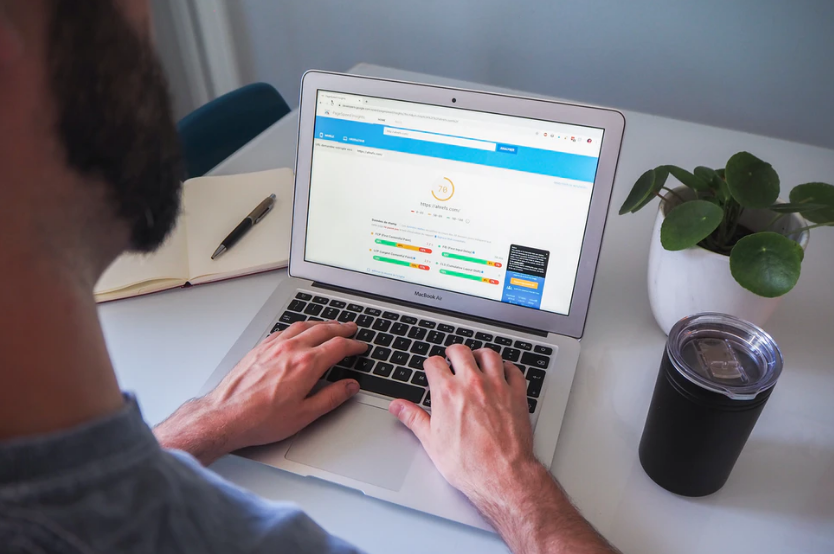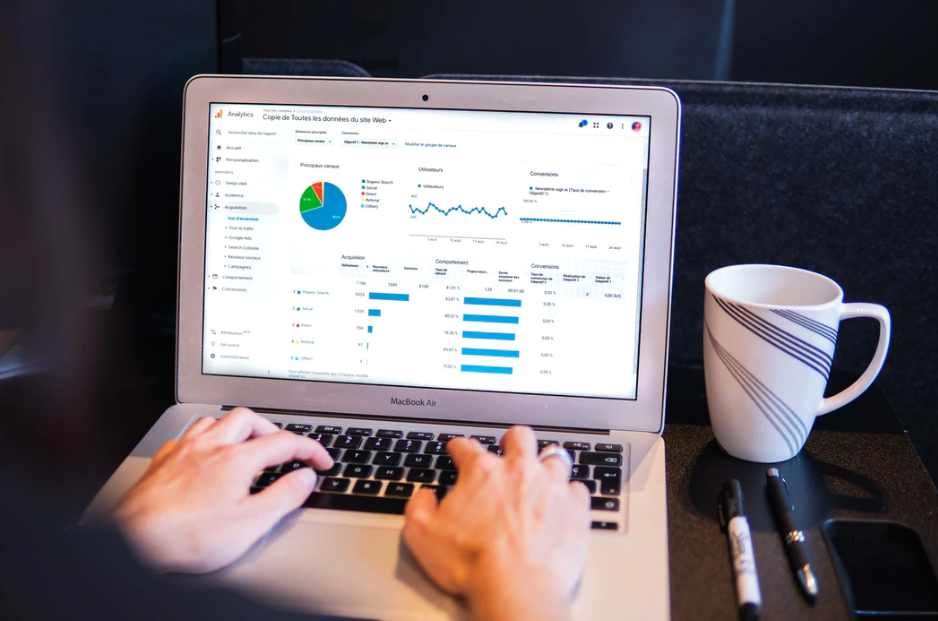Table of Contents
The Google Page Experience update is rolling out this summer. Are you prepared?
We will outline all that you need to know about the update. In this blog post, Google announced the postponement of the Page Experience algorithm update to mid-June.
However, the Page Experience ranking will not take full effect until the end of August. This postponement gives site owners at least one extra month to prepare for the update. Here’s all you need to know about the update, the new Search Quality Raters Guidelines by Google, and how you can prepare when it comes to the addition of page experience as a ranking factor.
Why is Page Experience Important?

Google users want their web pages to be more user-friendly, intuitive, and load quickly. A bad page experience can make a user develop a negative attitude towards a strong brand, or even Google itself. A user’s or customer’s page experience can therefore ultimately impact the success of a business. Users consider user experience (UX) as one of the major factors that determine whether or not they will visit a site again, and if they will recommend it to friends, family, and colleagues.
A whopping 66% of online customers reported that the performance of a website affects their impression of a company. Irksome loading speeds, for instance, reduces consumers’ chances of performing meaningful action on the page in time. If their interaction with your page elements is cumbersome, they will press the “back” button, and this won’t bode well for your rankings.
Since the Google team has realized how important page experience is to both consumers and businesses, it will soon update its search algorithm, incorporating certain page experience metrics as ranking factors. This is one of the best SEO practices which is followed by many SEO experts.
The New Page Experience Ranking Factors

The new algorithm update has its emphasis on several factors that affect page experience. Page experience contains several elements, among them mobile-friendliness, site security, intrusive interstitials, and loading speed. The set of metrics that Google will be used to measure page experience is referred to as Core Web Vitals. These are a set of user-centered metrics that quantify the main aspects of user experience and indicate how website visitors experience a web page. If website owners can optimize these aspects, they would create a better user experience for their visitors.
Core Web Vitals
They are a subset of Web Vitals that apply to all pages. Each of the Core Web Vitals represents a distinct aspect of the user experience. They are measurable in the field and experience the real-world experience of a user-centric experience. The metrics that makeup Core Web Vitals are bound to change over time. The set that Google will be rolling out this summer focuses on three aspects of user experience— interactivity, visual stability, and loading.
Here they are:
1. Largest Contentful Paint (LCP)
This Core Web Vital metric measures a site’s loading performance. LCP is the measurement of how long it takes a browser to render the largest text or image block. In other words, it measures how soon a user can see above-the-fold content. For a site’s loading speed to be considered great, LCP should occur within 2.5 seconds from when the site starts to load.
2. First Input Delay (FID)
This metric measures a site’s interactivity. FID is a measure of the time from when a user first interacts with a web page to the time the browser begins processing event handlers in response to the interaction. Interaction could be when a user clicks a button or link etc. For a good page experience, FID should be 100 milliseconds or lower.
3. Cumulative Layout Shift (CLS)
CLS measures a website’s visual stability. It’s so annoying when you are viewing a page then something changes without warning. Maintain a CLS of 0.1 or less to be safe.
How Can I Prepare for The Page Experience Update?
1. Make Your Website Mobile-Friendly

Of all searches across the globe, traffic generated by mobile devices accounts for 63% of them, and this proportion is likely to increase. If you haven’t made your site mobile-friendly, it’s time to sit down with your team and come up with a game plan to make it responsive. Make sure you have a simple yet intuitive design and structure that appears correctly on all screen resolutions.
This is a fundamental aspect of any website nowadays. If your website isn’t responsive, you will lose out on a vast amount of traffic and keyword rankings. Especially with this new update on the horizon, now is the time more than ever to fix up your website and fine-tune its design.
2. Improve Page Speed

It goes without saying that loading speed affects conversion. To increase page speed, minimize HTTP requests to reduce the rendering time. Additionally, examine JavaScript loading and the server response times. Check on your caching and image file sizes.
3. Do Away with Intrusive Interstitials
Intrusive banners and incessant pop-ups that a user can’t seem to have the ability to close are detrimental to UX. Any site with such elements will be punished from this summer— they will rank lower on SERPs.
Conclusion
Use this guide to navigate the page experience update that Google will be rolling out this summer. Even if Google would not be adding page experience to its ranking factors, we can agree that enhancing UX is important for your digital marketing since it affects conversion.
Focus on improving your page speeds and making your site mobile-friendly. This makes it easier to interact with the elements on your page, even for mobile users. Intrusive interstitials such as bad pop-up ads should be a thing of the past; they are irritating. Do all these while still maintaining quality content.


4 Comments
Pingback: Top 10 Learning Management Software to Try in 2021 - Live Business Blog
Pingback: A Comprehensive Guide for Scholarship Students- Live Business Blog
Pingback: How to choose an SEO expert for your business?-Live Business Blog
Pingback: What is RSS and How to use RSS on Wordpress?- Live Business Blog